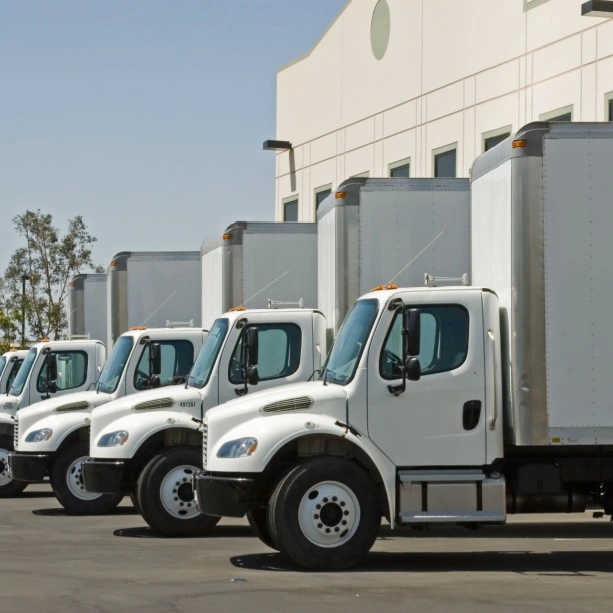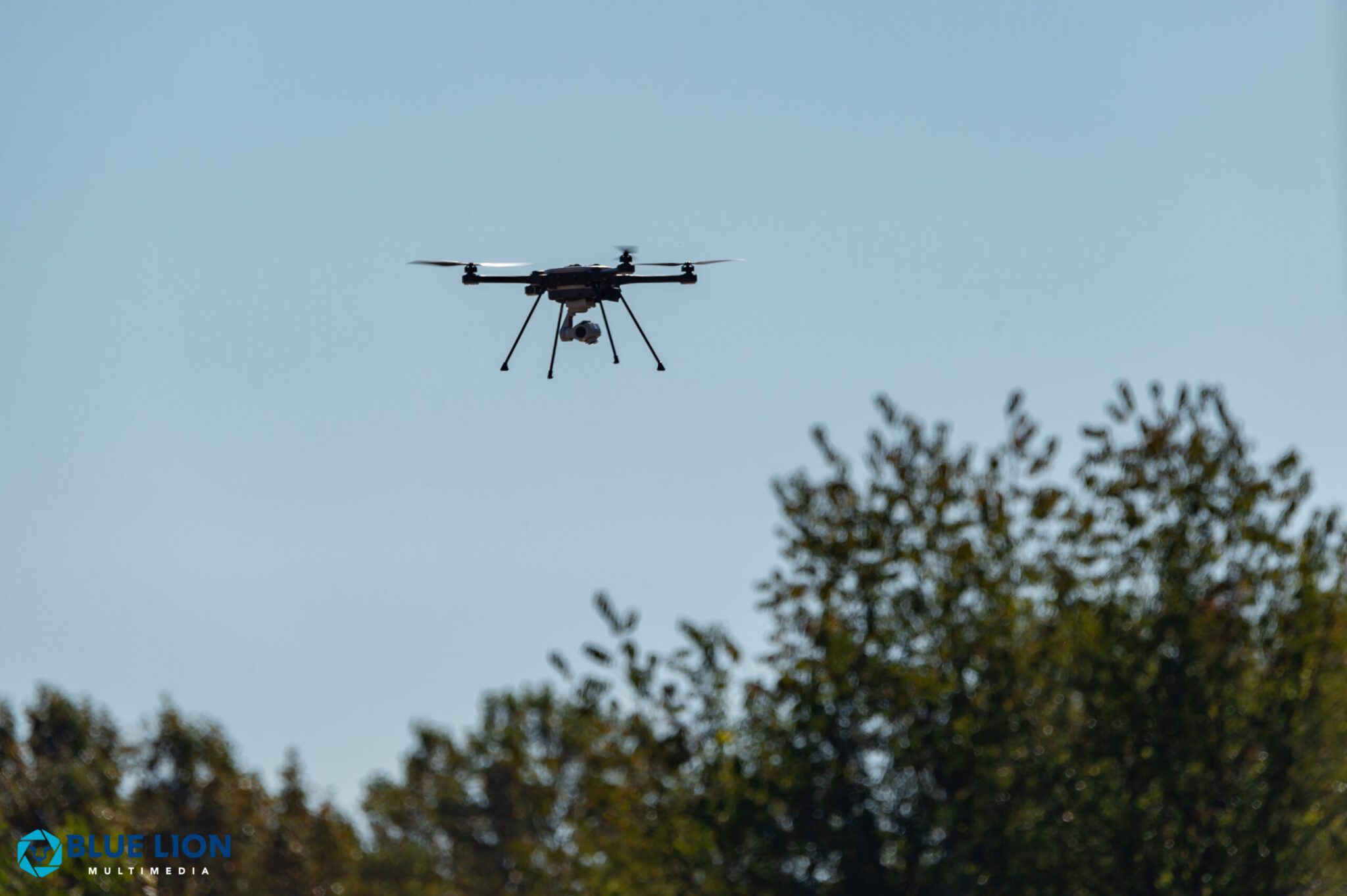Fleet managers have many important responsibilities. The core of their job is to ensure that their company’s supply chain operates smoothly and efficiently. They perform various tasks to ensure the success of these supply chain operations. However, there are a few gaps in the process that have proven to be extremely common across the industry in recent years. The main gap is visibility. Without shipment visibility, problems like product loss or safety challenges can go unaddressed. These problems negatively impact logistics operations and make fleet managers’ jobs more difficult than they already are. The solution to this problem is investing in a shipment visibility tool. Let’s dissect what this solution looks like and how it provides visibility to fleet managers.
Join the AirFinder Difference!
- Innovation. Organizations can be freed up to innovate and bring more impactful products and services to market.
- Profitability. Increased profitability provides new opportunities to innovate and improve valuation.
- Digital Transformation. Discover competitive advantages, new revenue opportunities, improved customer relationships and increased efficiency.
The Importance of Shipment Visibility
Loss Prevention
One of the most costly problems fleet managers face is loss of assets. Sometimes cargo or pallets get lost or an entire trailer goes missing. Loss can happen because of mistakes or because of theft. Either way, loss truly stems from a lack of visibility. If there was a tracking device on a pallet filled with cargo and it got misplaced, it wouldn’t take long to recover. You simply look up the location of the pallet and can go to it. Without this trailer tracking device, you would have to spend large amounts of time searching for the pallet and in the worst case scenario, having to replace the pallet and the cargo on that pallet. Another feature fleet managers benefit from is geofencing. Geofencing is a simple concept. The fleet manager would determine on a map where they would like a virtual boundary to be. This can be around a warehouse or wherever else is deemed important. An alert system is then set up so that anytime any tag crosses that boundary, the fleet manager will be alerted of the breach. If the tag is scheduled to be crossing the boundary, then there is no cause for concern. If the tag wasn’t supposed to cross that boundary, action can be taken immediately to retrieve the corresponding asset. This unplanned breach may have been an accident allowing for a quick fix, getting back on schedule. Or it may be a cause of theft. In the case of theft, the thief can be caught quickly before it’s too late to retrieve the stolen asset or assets. Regardless of what causes assets to go missing, it’s important to have a system in place to help you retrieve those assets quickly before the rest of the supply chain suffers from the consequences.
Process Efficiency
With the ability to monitor shipments from origin to destination, fleet managers can identify and address potential process issues early on, minimizing disruptions and maintaining smooth operations. This visibility also facilitates improved inventory management, as companies can accurately track the location and ETA of shipments, optimizing stock levels and reducing carrying costs. When fleet managers are able to streamline processes, they can reallocate their time to be more productive which makes the company more money. It also provides a little wiggle room in case of an unforeseen emergency. Being able to locate your assets is important, but what truly matters is what you can do with that information to improve logistics operations. By knowing where assets are, fleet managers can make adjustments to processes as seen fit. For one company, this may come in the form of understanding asset utilization. Knowing how often each trailer is used can help them make optimized scheduling decisions. For another company this may be in the form of route optimization or even maintenance optimization. Knowing where assets are empowers fleet managers to make adjustments to their operations so their company can provide good customer service and find overall success.
Compliance
Compliance regulations come in different forms for different fleet managers. If a fleet manager is in charge of a fleet of reefers, they have to follow FDA regulations surrounding food safety. Another fleet manager may be in charge of tanker trailers carrying gasoline. They have to follow strict cleaning guidelines to avoid fines and ensure safety. Regardless of what compliance regulations you have to meet, having visibility of shipments is a key tool for success. For fleet managers in charge of the cold supply chain, the tracking tags have embedded sensors to monitor the temperature of the assets inside the trailer. This helps to ensure the sensitive assets being transported remain at a safe temperature during the duration of the trip. If there is a breach in the safe temperature zone, fleet managers are alerted immediately so the situation can be addressed before the assets spoil. Going back to the tanker trailer example, it can be difficult to ensure every trailer is cleaned and cleaned properly in-between uses. Many fleet managers have separate parts of the lot for clean and contaminated trailers. Visibility of the trailers allow fleet managers to determine which trucks have been moved from the contaminated zone to the clean zone. This also helps with route planning. If a certain trailer was scheduled for use on a certain day but at the time of loading was still sitting in the contaminated zone, supply chain operations get pushed back until cleaning is performed. With visibility ahead of time, fleet managers can check days in advance to make sure everything is ready to go for loading. This way, no surprises will occur and all operations can happen on time, as scheduled.
How to Gain Fleet Visibility
With all the reasons to gain shipment visibility, there is a question left to be asked. How do fleet managers gain visibility of their trailers? The answer is simple, fleet management software.
Telematics
Telematics solutions have been around for years. They’re in every truck purchased for fleet operations, providing visibility into trucking operations. This information has proven itself to be useful to fleet managers at every company. From fuel consumption to driver behavior, fleet managers have gained useful information, allowing them to improve logistics operations. Since all fleet managers are already using telematics, they ask the question, is it enough? The answer is no, but don’t go running to get rid of your telematics solution. Just because it isn’t enough, doesn’t mean it’s not worth your investment. Telematics provides useful information to fleet managers that still exists. But what is needed is more than telematics. Telematics paired with something else. What’s something else? I’m glad you asked.
Fleet Tracking System
A fleet tracking system is a tool that fleet managers use to gain visibility of supply chain operations. Deploying these systems is as simple as attaching a small tag to trailers, pallets, cargo, and any other valuable assets. Then those tags get connected to the UI for fleet managers to view in real time. As mentioned earlier, these systems have the ability for geofencing to help catch fleet managers’ attention when something is going on that shouldn’t be. Depending on the fleet management system chosen, the tags will also have embedded sensors that alert to environmental conditions including temperature, pressure, and even shock, providing condition visibility in addition to location visibility. This gives inside information to how the assets are being used and even provides data for strategic decision making. Change is also a prominent feature of logistics operations. Some of these changes are anticipated, while others are unplanned. Unexpected bottlenecks are a huge headache for fleet managers, and shipment visibility software, like fleet tracking, equipped fleet managers with the information they need to make adjustments before problems arise. This seemingly complex technology is simple to use. It allows for fleet managers to revolutionize their current operations and see ROI within months.
Integrating the Two
While telematics provides visibility into truck data, a fleet tracking system provides visibility into everything else. When the two systems are combined, fleet managers gain 100% visibility into their supply chain operations. Having just one or the other is fine, but not ideal. Both are needed for true success. If a fleet manager is just using a telematics system, they are missing out on location, usage, and condition information about their trailers, pallets, and cargo. If a company is just using a fleet tracking system, they are missing out on information about the truck. With information from both, fleet managers can make strategic decisions that are truly based on data. They can even make plans for the future.
The Fleet Management System to Choose
There is a large selection of fleet tracking systems to choose from. Choosing the right one can be a difficult and time-consuming process. We’ve broken down each step before. If you want a deep dive into the process, you can find it here. But for now, let’s review the basics. You want to choose a solution that finds the balance between quality and price. There are some very expensive solutions out there and there are also some very inexpensive options as well. It’s not wise to make a decision based on cost alone, because there may be some gaps left open, but choosing an expensive solution isn’t exactly a guarantee of quality when it comes to IoT.
Our AirFinder Everywhere solution found that balance. We offer a high quality solution at an affordable cost that considers how much ROI companies will see when using our solution. While how much a company saves outright is important, it’s far more important to consider the return they’ll see on their investment, as there are valuable benefits beyond straightforward cost savings. Our solution has helped companies so quickly, that the system has paid for itself 3 times over within the first year of use. Our solution includes geofencing capabilities, has embedded sensors, and even offers customized reporting. With all these features we offer and more, and the success we’ve seen in our customers’ operations, we are confident this solution revolutionizes supply chain operations.
Will You Take Steps to Gain Shipment Visibility?
After reviewing all the reasons shipment visibility is important and how fleet tracking provides that visibility, it’s clear the transformative power a shipment visibility platform provides. If you’re looking to gain visibility in your logistics operations, it’s worth considering the use of a fleet tracking system. We can help you get started on your search. Simply book a demo with our team of experts to learn more about AirFinder Everywhere and the success your company can see through the use of it.
Publisher: Source link











